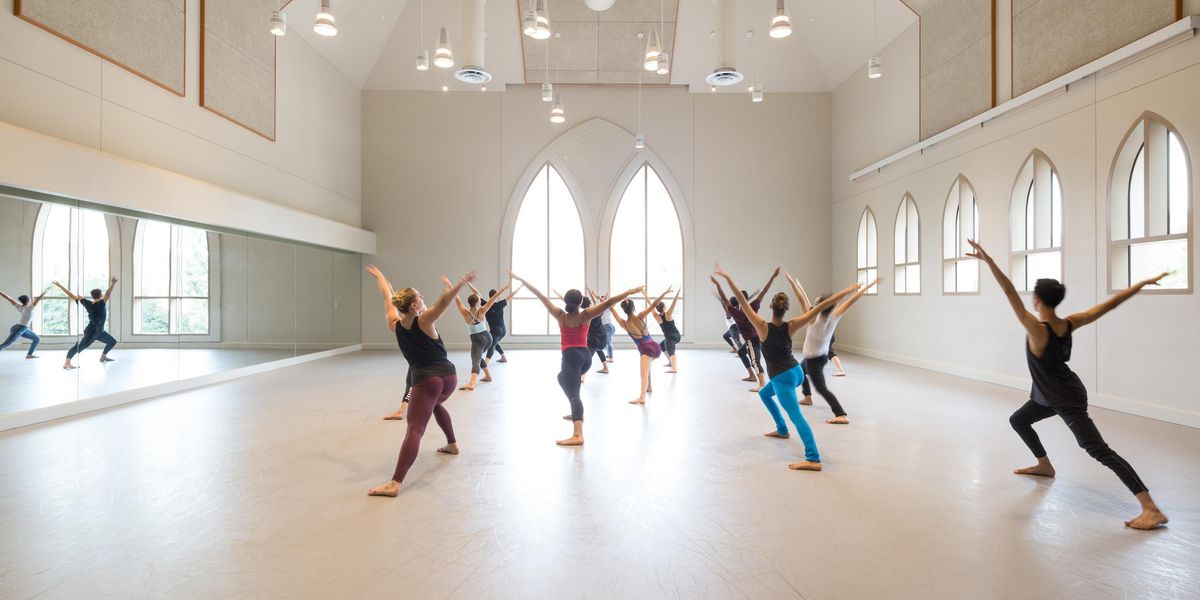Recipe for Success
Kelli O’Hara and Ken Watanabe in The King and I’s pivotal “Shall We Dance?” number. Paul Kolnik, Courtesy The King and I
What makes a musical magical?
Anyone who’s ever been cast in a new musical will attest to the fact that there’s virtually no guarantee that it’s going to be any good. You may love the songs, the story may seem strong and the choreography first-rate. But there’s no way to know if they all add up to a pleasing, satisfying work of musical theater.
Now theater veteran Jack Viertel has written a terrific new book,
The Secret Life of the American Musical, that can serve as a kind of blueprint against which a new show can be compared. And having worked as a critic, a dramaturg, a consultant, a producer and a teacher, and currently the artistic director of the invaluable Encores! series of musical restorations at New York City Center, Viertel knows his musicals, and how they succeed.
The good ones, he writes in
Secret Life, have an opening number that brings to life a specific time and place, like “Runyonland” in Guys and Dolls and “The Carousel Waltz” in Carousel. They introduce a clearly defined hero or heroine with an “I want” song that lays out the aspirations that will drive the action, like Tony’s “Something’s Coming” in West Side Story or Rose’s “Some People” in Gypsy. They have a vivid, action-packed production number to rev up the audience in Act II, like “The Small House of Uncle Thomas” in The King and I and “Luck Be a Lady” in Guys and Dolls. They have an unmistakable crowning moment in which performers take over the stage and either lay claim to stardom or reassert their star power, as Angela Lansbury and Bea Arthur did when they sang “Bosom Buddies” in Mame, and as Yul Brynner and Gertrude Lawrence did with “Shall We Dance?” in The King and I. Viertel makes a persuasive case that a show that includes these elements has a shot at greatness, not because it adheres to a tried-and-true formula but because decades of theater audiences have succumbed to such moments.
Viertel’s subtitle, “How Broadway Shows Are Built,” proclaims the intentions of
The Secret Life of the American Musical as descriptive rather than prescriptive. “I’ve reached an age where I’ve seen the theater change significantly over my lifetime,” Viertel, 67, says. “It’s one of the reasons I wanted to write the book, because as much as it’s changed, it still seems to be living by unwritten patterns. There seem to be certain truths that are inalienable; yet the theater looks and sounds completely different than it did when I was young.” Like him, and others, I’ve loved both The Book of Mormon and The King and I, created nearly 60 years apart; but until I read Viertel’s analysis, I never noticed the parallels between them.
There will no doubt be other classic echoes in musicals to come. Viertel has been teaching the musical theater artists of the future at New York University’s Tisch School of the Arts, sharing his behind-the-scenes know-how with would-be writers, composers, directors and choreographers. Viertel notes that “directing and choreographing require a lot of practical tools, and a choreographer doesn’t necessarily have the same set that someone trained as a director has. A choreographer may have a spectacular visual imagination, but be challenged in speaking to actors about how to play a scene. And directors tend to have the opposite problem—they know how to talk to actors, but they don’t actually understand how dance works.”
And both directors and choreographers need to deal with what’s commonly called “musical staging,” those moments in a show where people are singing but not doing dance steps. “How do you do a love duet, or the opening trio from
Guys and Dolls?” asks Viertel. “How do you actually make it move from one side of the stage to the other while people are singing?” Dance-company choreographers are not likely to have had any experience solving such problems, he says. “They’re different worlds, and they don’t necessarily lock together.” But when they do, the results can dazzle, because, Viertel says, “everybody is making work for an audience, and that audience is the same group of human beings at a dance as at a musical theater event. People effective at creating work are dealing with a certain amount of universal truth.”




